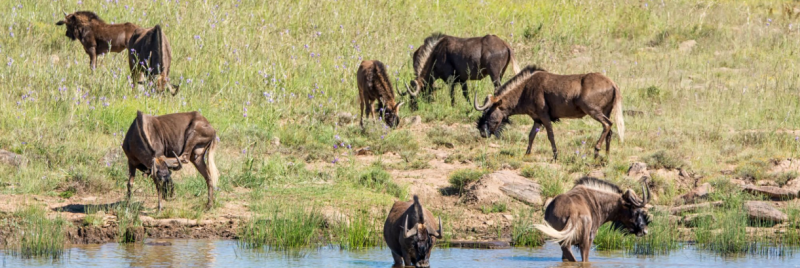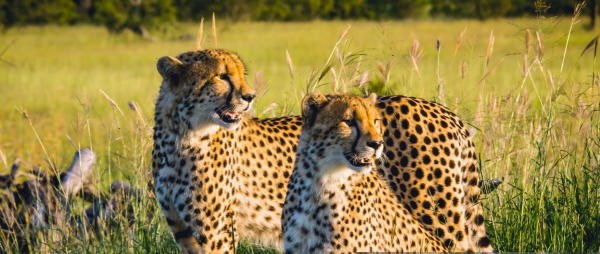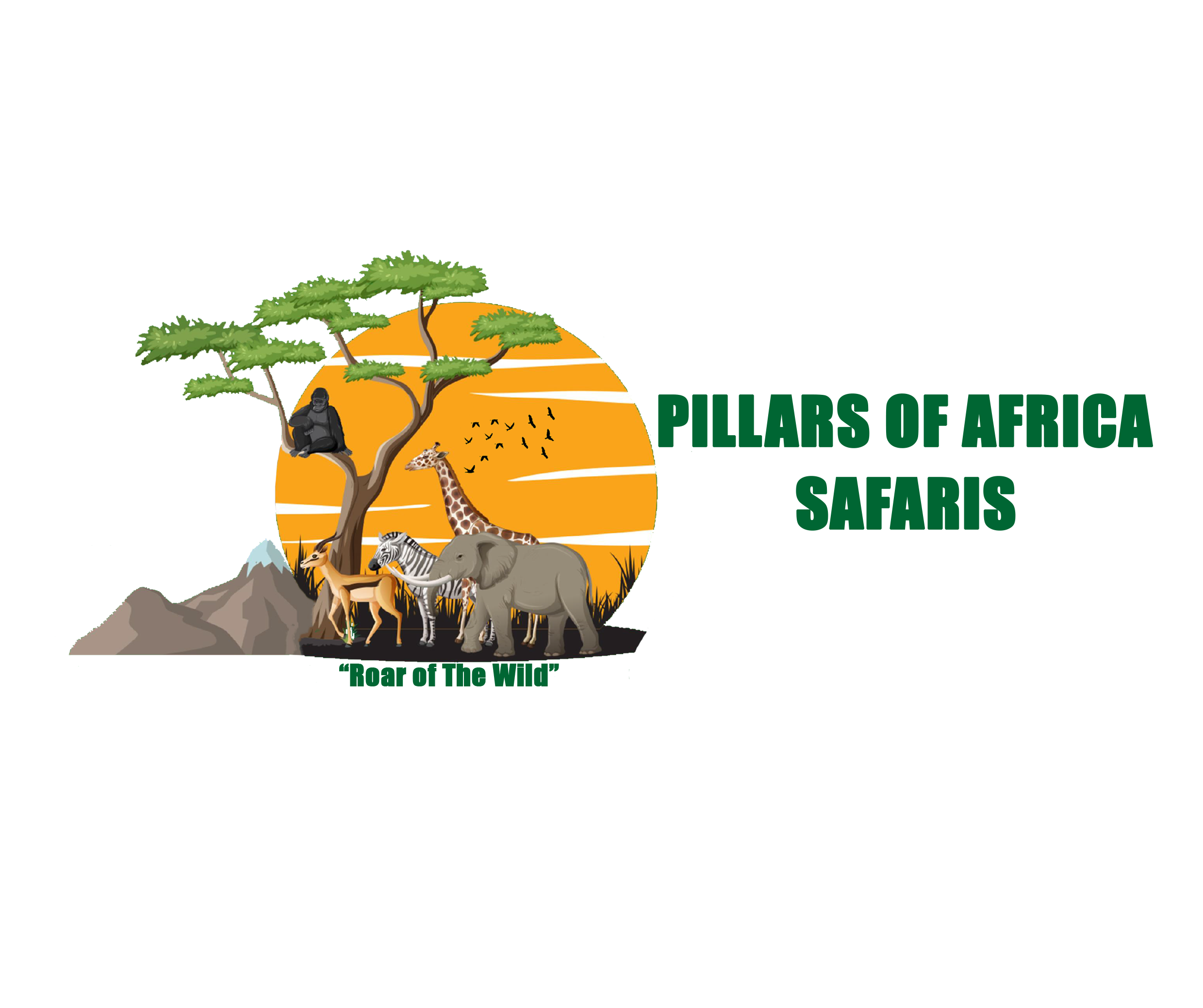Ngorongoro Crater: A Natural Wonder in Tanzania
Ngorongoro Crater is one of Tanzania‘s most famous natural attractions, renowned for its stunning landscapes, diverse wildlife, and rich history. As a UNESCO World Heritage Site, the crater attracts thousands of visitors each year, eager to experience its unique ecosystem and breathtaking beauty. This article provides a comprehensive guide to Ngorongoro Crater, exploring its formation, wildlife, activities, accommodations, and practical information for visitors.
Formation and Geology of Ngorongoro Crater
The Birth of a Natural Wonder
Ngorongoro Crater was formed approximately 2.5 million years ago when a massive volcanic explosion caused the volcano to collapse, creating a vast caldera. This caldera, or volcanic crater, measures about 20 kilometers (12.5 miles) in diameter and covers an area of 264 square kilometers (102 square miles). The floor of the crater sits at an elevation of 1,800 meters (5,900 feet) above sea level, while the rim rises to about 2,400 meters (7,900 feet).
Unique Geological Features
The crater’s floor is a mix of savanna, forests, and swamps, creating a diverse habitat for various plant and animal species. Lake Magadi, a shallow alkaline lake, lies in the southwest part of the crater, attracting flocks of flamingos and other waterbirds. The Lerai Forest, located in the southeastern part of the crater, provides a lush habitat for elephants and other forest-dwelling animals.
Wildlife in Ngorongoro Crater
A Haven for Big Game
Ngorongoro Crater is often referred to as “Africa’s Eden” due to its incredible density of wildlife. The crater is home to an estimated 25,000 large mammals, making it one of the best places in Africa to see a wide variety of animals in a relatively small area.
Predators and Prey
The crater is famous for its large populations of predators, including lions, hyenas, leopards, and cheetahs. The dense concentration of prey animals such as zebras, wildebeests, and gazelles supports these predators. Visitors to Ngorongoro Crater have a high chance of witnessing dramatic predator-prey interactions.
The Big Five
Ngorongoro Crater is one of the few places in Africa where visitors can see the “Big Five” animals – lions, elephants, buffaloes, leopards, and rhinoceroses – in a single day. The black rhinoceros, in particular, is a rare sight, and the crater is one of the few remaining strongholds for this critically endangered species.
Birdlife and Smaller Creatures
In addition to large mammals, Ngorongoro Crater is a haven for bird enthusiasts. Over 500 bird species have been recorded in the area, including raptors, waterfowl, and migrant species. The crater’s diverse habitats support a variety of smaller animals, including monkeys, jackals, and numerous insect species.
Activities in Ngorongoro Crater
Game Drives
One of the primary activities in Ngorongoro Crater is game driving. Guided safari tours allow visitors to explore the crater floor and observe its abundant wildlife. Early morning and late afternoon game drives are particularly popular, as these are the best times to see animals active and the lighting is ideal for photography.
Guided Walks and Cultural Experiences
While the crater floor is restricted to vehicles, guided walks around the crater rim offer a different perspective of this natural wonder. These walks provide an opportunity to learn about the area’s geology, flora, and fauna. Cultural experiences with the Maasai people, who have lived in the Ngorongoro Conservation Area for centuries, offer insights into their traditional way of life and their relationship with the land.
Birdwatching
For bird enthusiasts, Ngorongoro Crater is a paradise. The diverse habitats within the crater and its surrounding areas support a wide variety of bird species. Birdwatching tours are available, with knowledgeable guides who can help visitors spot and identify the many different species.
Accommodations in Ngorongoro Crater
Lodges and Camps
There are several accommodation options within the Ngorongoro Conservation Area, ranging from luxury lodges to more affordable campsites. Many lodges are situated on the crater rim, offering stunning views of the crater floor and its wildlife.
Luxury Lodges
For those seeking a high-end experience, luxury lodges such as the Ngorongoro Crater Lodge provide exceptional comfort and service. These lodges often feature spacious suites, gourmet dining, and personalized safari experiences.
Mid-Range and Budget Options
Mid-range lodges and tented camps offer comfortable accommodations at a more affordable price. These options still provide excellent access to the crater and its wildlife, with amenities such as en-suite bathrooms and guided game drives.
Campsites
For the more adventurous traveler, campsites within the conservation area provide a budget-friendly option. Camping in Ngorongoro allows visitors to experience the sounds and sights of the African wilderness up close.
Practical Information for Visitors
Best Time to Visit
The best time to visit Ngorongoro Crater is during the dry season, from June to October, when wildlife viewing is at its peak. The wet season, from November to May, brings lush vegetation and the arrival of migratory birds, but some roads may become impassable.
Getting There
Ngorongoro Crater is located in northern Tanzania, about 180 kilometers (112 miles) west of Arusha. The nearest airport is Kilimanjaro International Airport, from where visitors can arrange transfers to the crater. Alternatively, domestic flights are available to Lake Manyara Airport, which is closer to the crater.
Park Fees and Regulations
Visitors to Ngorongoro Crater are required to pay entrance fees, which contribute to the conservation and management of the area. It is important to adhere to park regulations, such as staying on designated roads and not disturbing the wildlife.
Health and Safety
As with any safari destination, visitors should take precautions to ensure their health and safety. Malaria is a risk in Tanzania, so taking prophylactic medication and using insect repellent is recommended. Additionally, it is important to follow the guidance of experienced guides and rangers to avoid any potential hazards.
Ngorongoro Crater is a must-visit destination for anyone traveling to Tanzania. Its unique geological features, abundant wildlife, and rich cultural heritage make it a truly remarkable place. Whether you are an avid wildlife enthusiast, a keen birdwatcher, or simply seeking a breathtaking natural experience, Ngorongoro Crater offers something for everyone. Plan your visit to this natural wonder and create memories that will last a lifetime.



